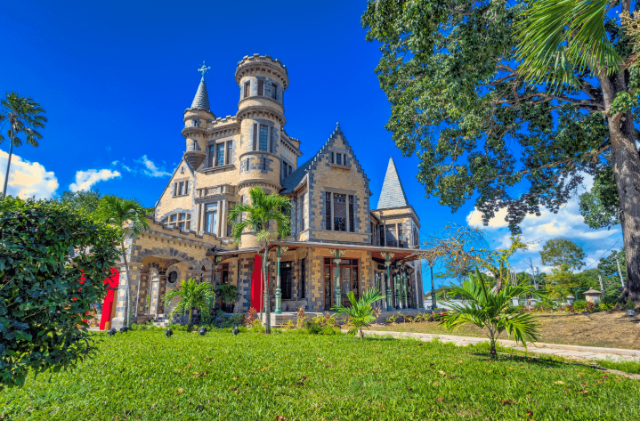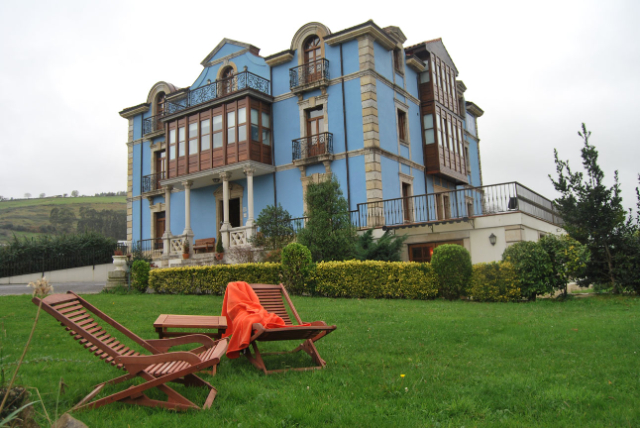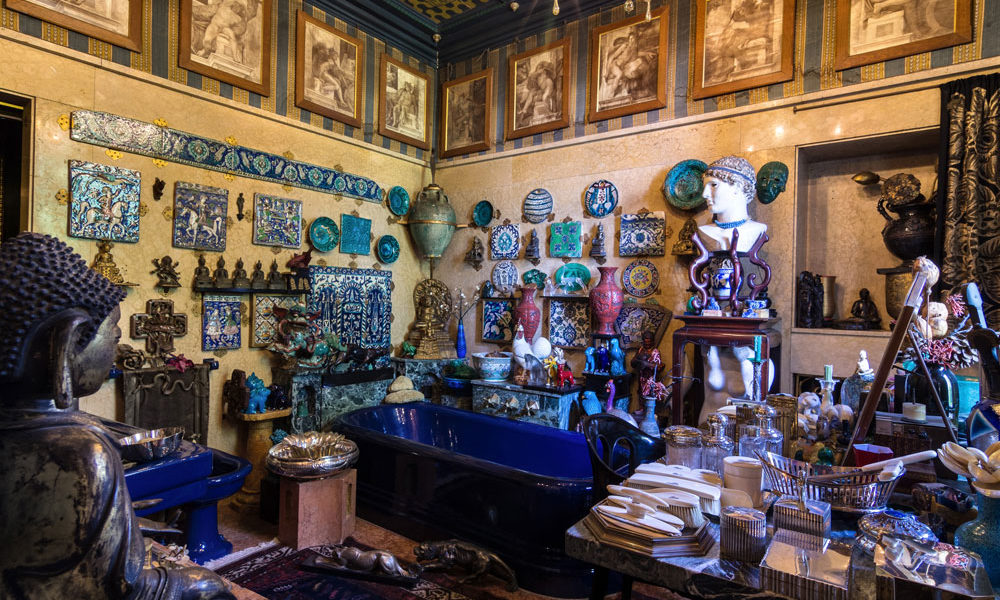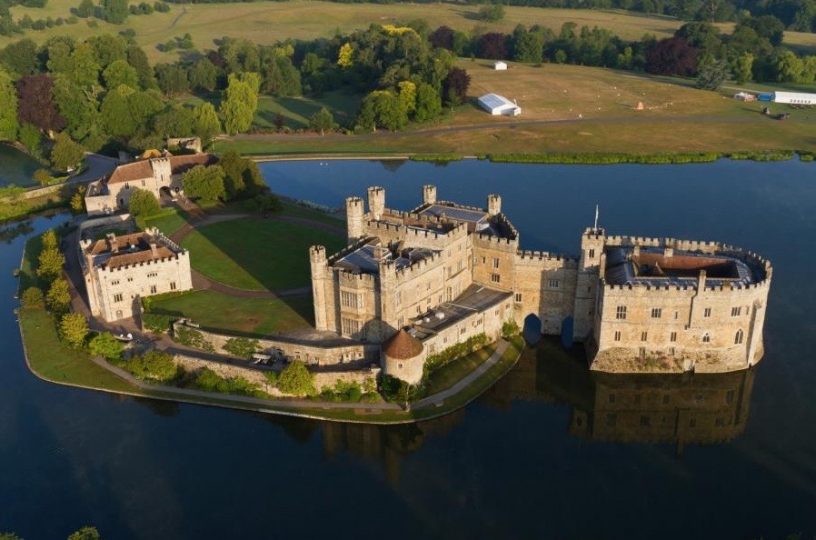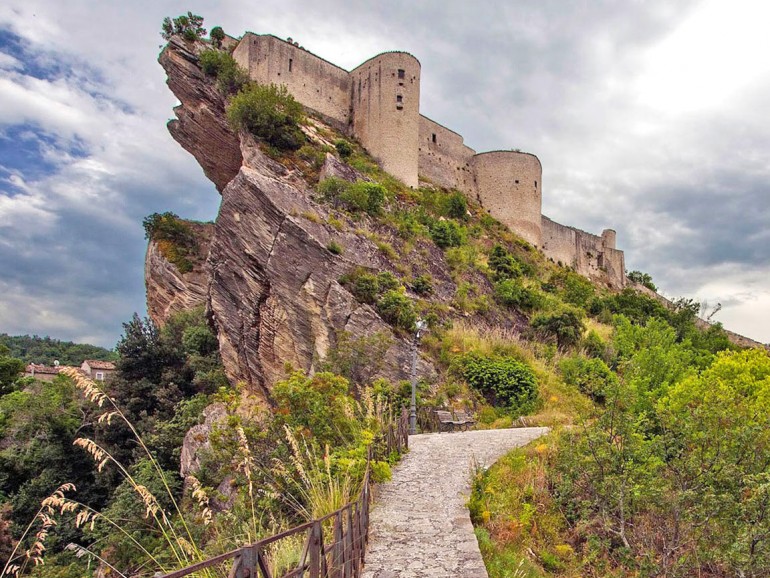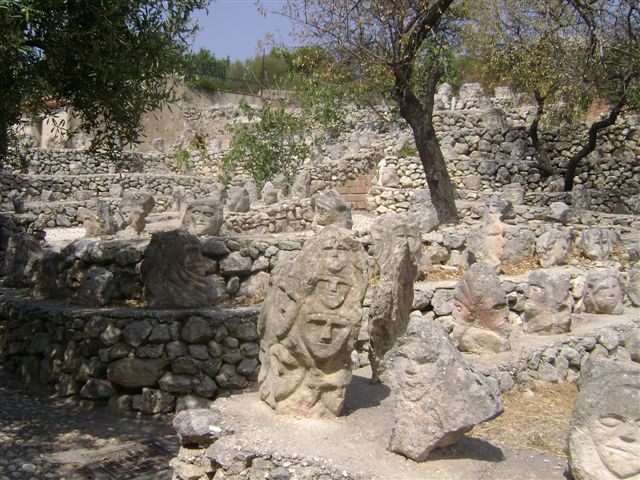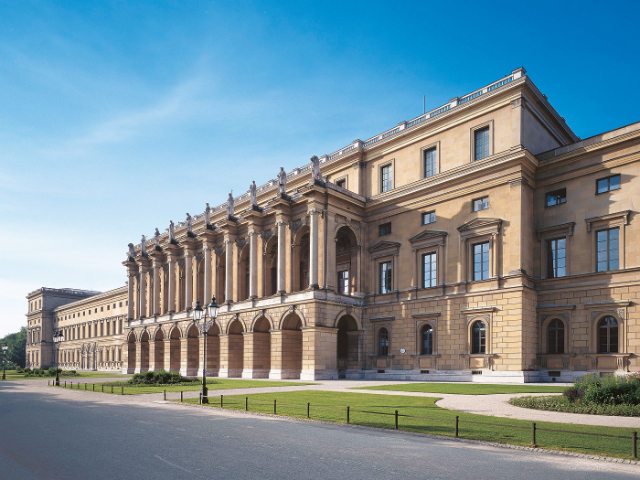Built by Charles Fourier Stollmeyer, Killarney was the first house built in the suburb of St. Clair, which had been created on land previously used as a government farm. Construction began in 1902 and was completed in 1904. The architect of this elaborate structure was a Scot, Robert Gillies, of the firm Taylor and Gillies. Described as being of Scottish baronial architectural style, the structure of the house is said to be modeled on a wing of Balmoral Castle in Scotland. The structure is built of Laventille quarry stone with brick accents and decorative cast-iron pillars from Scotland. The ground floor interior with its beautiful stained glass window, wood floors, circular balcony, and handcrafted staircase is cozy and warm in contrast to its more austere aesthetic. The kitchen, although outside, was connected to the house by an open hallway. The stables and workers’ houses were built at the same time.When the construction was completed, Mrs. Stollmeyer found it too ostentatious for her simple tastes, and her husband gave it to their son Conrad, who was about to be married. The new Mrs. Stollmeyer named the structure Killarney, after the place in Ireland where she had hoped to spend her honeymoon.During World War II, Killarney, like nearby Whitehall, was occupied by U.S. forces and was popularly known as "The Castle." It was from this period that Killarney became better known as Stollmeyer Castle. Mr. and Mrs. Conrad Stollmeyer returned to the house after the war until their deaths in 1965 and 1969, respectively. Inherited by their grandson, Dr. John Stollmeyer, it was occupied until 1972 by his sister, Mrs. Clara Merry. That year Killarney was purchased by Jessy Henry A Mahabir, an insurance executive who wished to use the structure as his own residence.Killarney was acquired in 1979 by the government of Trinidad and Tobago. Restoration work was first done by Citizens for Conservation who occupied the building in the late 1990s. The Prime Minister’s Office then used the building as a formal security access to the Prime Minister’s Office before it was restored and renovated as Hospitality House. However, this never happened and after further restoration, in which the barns were reused as offices and a conference room, the building was handed over to the NAPA Council under the Ministry of Tourism, Culture and the Arts. Today it is rented out for a variety of functions.
